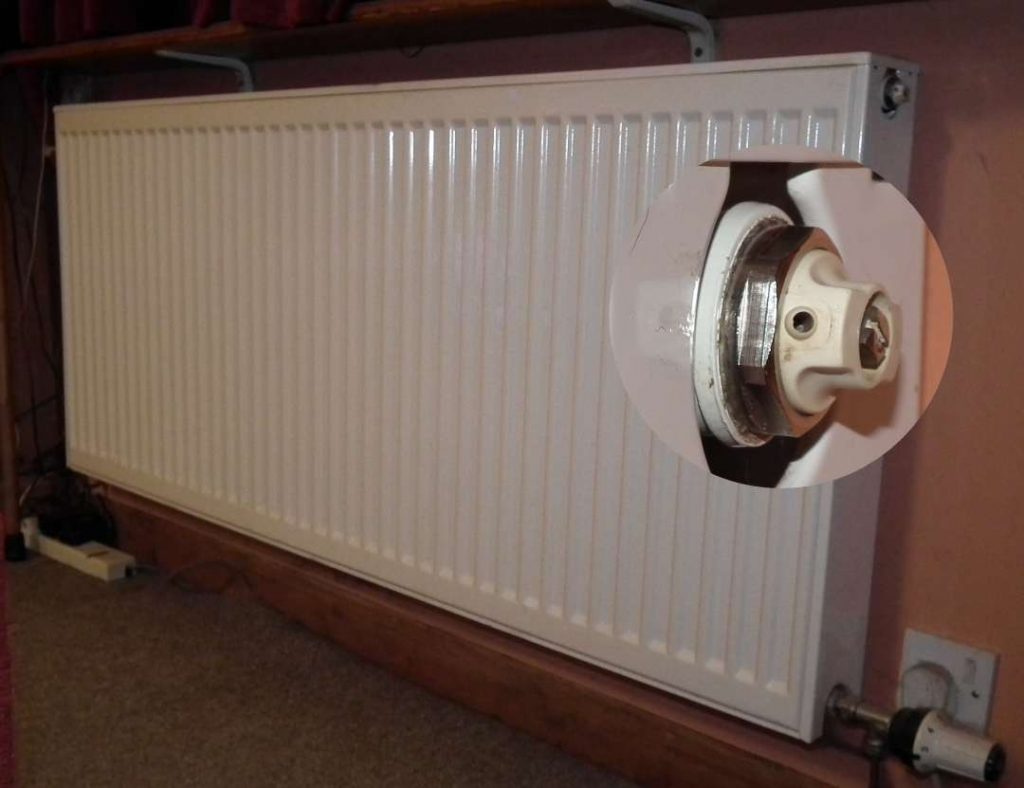It’s beginning to look a lot like winter and if you’ve turned your heating system back on recently only to find some of your radiators aren’t radiating as well as they could be, it may well be time to bleed them.
You may find cold patches towards the tops of the radiators, caused by air pockets; you might also find that they simply take longer to get warm than they did before. Removing this air makes your radiators warmer and reduces the amount of home heating oil you use; it’s also easy to do, especially if you follow these instructions.
First of all, you’ll need…
…a radiator key or a screwdriver, depending on the type of radiator you have. Most radiator keys have four heads, so you should be able to find the right one. You’ll also need a towel to catch any water that comes out of the pressure release valve. This valve is usually at the top of the right edge of the radiator.
Then, turn on your heating
You need to let your radiators warm up so you can check which ones need bleeding.
Then turn it off again!
You should turn off the heating to let the water in the radiators cool down to a safe temperature before bleeding, as the hot water can sometimes spurt out. Also, bleeding your system when it’s on can let air back into it, which defeats the object somewhat!
The bleeding process
Place your towel under the radiator to soak up any water that comes out, then insert the radiator key or screwdriver into the valve. Slowly and carefully turn the key anti-clockwise; you may be able to hear a hissing sound – that’s the air escaping. Let the air escape until you see water coming out, and then begin to turn the key clockwise to close off the valve.
You should repeat this process with all of the radiators that need it. You can even do it on those that seem to be OK, as you never know.
Afterwards…
…check the pressure of your boiler to make sure it hasn’t dropped below the manufacturer’s recommended level. If it has, re-pressurise it by following the directions in the instruction manual.
Now you can turn your heating back on. Give it some time to warm up fully and go round each radiator to see if the cold spots have been eliminated. You should also look out for any leaking valves and tighten them up further.
You should be able to feel the difference in the air temperature immediately. It’s quite a relief to know that you don’t have to keep cranking up the boiler just to be comfortable anymore, as this is a real waste of oil and money.
Ideally, you should check your radiators for cold spots every month or so in order to keep your system working efficiently and cheaply.
If you find that bleeding your radiators hasn’t made a difference to their performance, then you should contact a qualified engineer for more help and advice.


